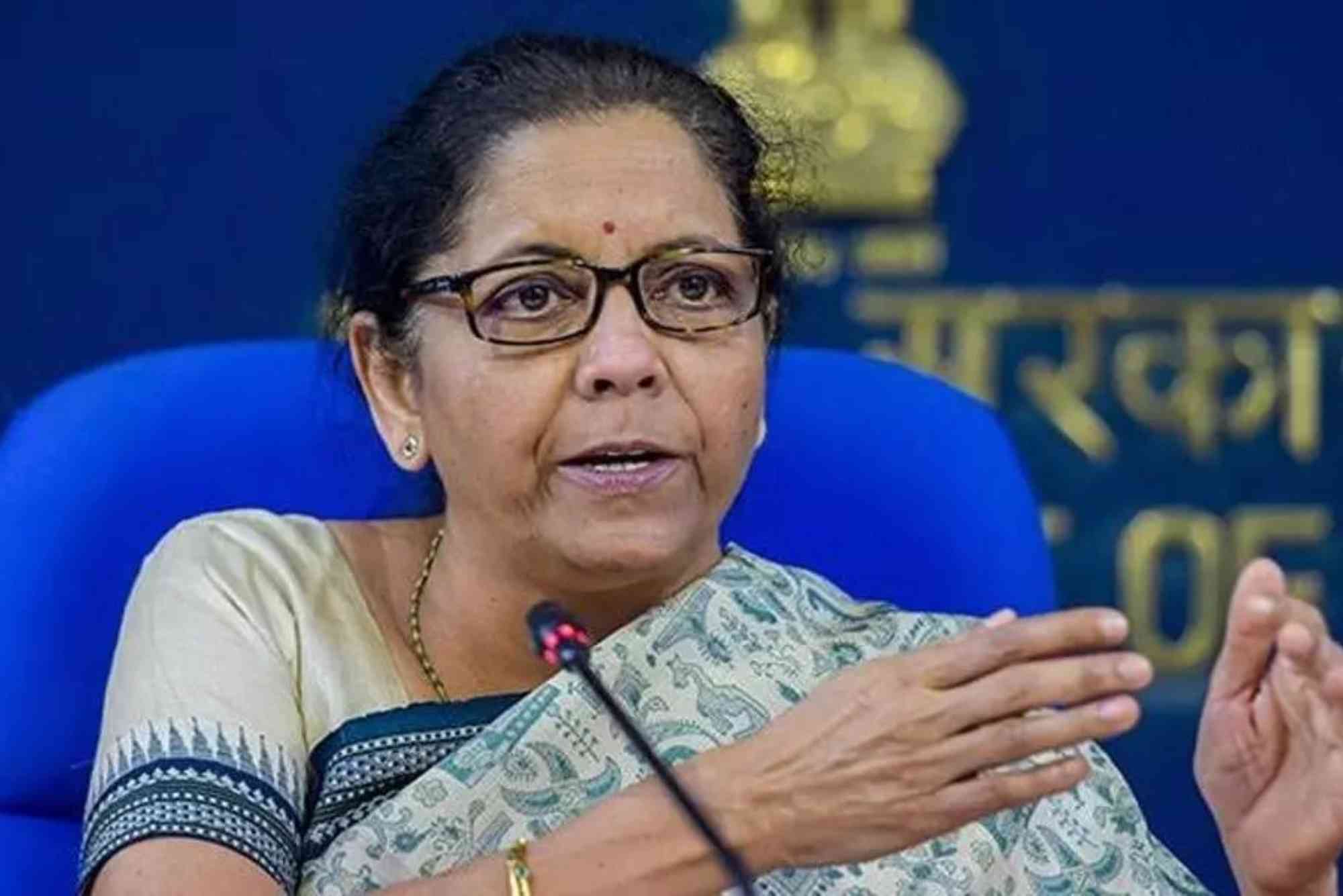Introduction
Every Indian wonders who is the minister of finance in India, especially during budget season or when headlines mention tax reforms. Right now, the answer is Nirmala Sitharaman, a seasoned leader who has held the post since 2019. She’s the first full-time woman to hold this role, blending deep economic understanding with political acumen.
Since assuming the ministry, Sitharaman has steered the economy through global turmoil, domestic challenges, and transformative fiscal reforms. Let’s explore her background, her key responsibilities, her major initiatives—including the recent GST overhaul—and what lies ahead.
Who Is the Minister of Finance in India
Background and Rise in Politics
Born on 18 August 1959 in Madurai, Tamil Nadu, Nirmala Sitharaman earned her BA in Economics from Seethalakshmi Ramaswami College and an MA and MPhil from Jawaharlal Nehru University. She embarked on a professional journey including roles in London before entering politics with the BJP in 2008.
Her cabinet journey began as Minister of State (Finance and Corporate Affairs) in 2014. She later served as Commerce Minister and then Defence Minister (2017–2019). On 31 May 2019, she was appointed Finance Minister and Corporate Affairs Minister, making history as India’s first full-time female finance minister.
In July 2025, she became the longest continuously serving finance minister in Indian history.
Her Role and Responsibilities
As finance minister, Sitharaman leads the Ministry of Finance—a central pillar in policymaking. She is responsible for:
- Framing India’s fiscal policies and taxation strategies.
- Presenting the annual Union Budget in Parliament.
- Overseeing allocations across ministries and departments.
- Leading economic reforms and crisis responses.
She is supported by junior ministers, including the Minister of State for Finance, such as Pankaj Chaudhary.
Notable Contributions and Recent Initiatives
Bold Union Budgets and Economic Stewardship
Sitharaman has presented consecutive annual budgets since 2019, including record-breaking ones in 2024 and 2025. Her 2025 budget pursued a 4.4% fiscal deficit target while charting policies for growth and reform. Her 2024 presentation, delivered on 23 July, was the first budget of the third NDA term.
GST 2.0 Overhaul: Simplifying Taxes
Recently, Sitharaman unveiled a sweeping GST overhaul—dubbed GST 2.0—reducing tax slabs from four to two (5% and 18%), with a special 40% rate on luxury and “sin” goods. Health and life insurance premiums became tax-free. These reforms, effective 22 September 2025, aim to simplify compliance and boost consumption, especially ahead of festivals.
Despite an estimated ₹48,000 crore shortfall in revenue, she assured that economic activity spurred by these reforms will offset fiscal pressures.
Export Support Amid Global Headwinds
As global trade tensions rose—particularly U.S. tariffs of 50% on Indian goods—she announced relief packages to support exporters. These measures seek to buffer the impact and maintain trade stability.
She’s also pushing ahead with trade deals, including discussions with the UK on a possible free-trade agreement and investment treaties with Australia, UAE, and Oman.
Fiscal Vigilance and Economic Stability
Sitharaman has addressed concerns about rising bond yields, committing to keep borrowing costs in check while maintaining a 4.4% fiscal deficit target and continuing planned infrastructure spending.
She also closely monitors the rupee’s fluctuations to protect economic confidence
Why Her Role Matters Now
Nirmala Sitharaman’s leadership shapes India’s financial direction. From responding nimbly to external shocks like tariffs to simplifying tax regimes, she’s guiding India toward sustainable recovery and inclusive growth. Her stability at the helm—presenting eight consecutive budgets as of 2025—provides certainty in volatile times.
You now know who is the minister of finance in India—Nirmala Sitharaman—and how she’s steering fiscal strategy, economic reforms, and crisis responses. Her tenure marks landmark tax simplification, steady budgets, and proactive trade facilitation.
Stay tuned: her policies will continue shaping India’s economic future. Curious about a specific reform or budget detail? Feel free to ask—I’ll break it down simply for you.
FAQ (Real user questions from Google’s “People Also Ask”)
Who is the current finance minister of India?
The current finance minister of India is Nirmala Sitharaman, serving since 31 May 2019.
What are the roles of the finance minister in India?
The finance minister sets fiscal policy, presents the Union Budget, oversees taxation and public spending, and leads economic reforms through the Ministry of Finance.
How many budgets has Nirmala Sitharaman presented?
As of 2025, she has presented eight consecutive Union Budgets, making her one of the most prolific budget presenters in India’s history.
What is GST 2.0 introduced by her?
GST 2.0 is a tax reform introduced by Sitharaman that simplified the Goods and Services Tax regime to two main rates (5% and 18%), with a 40% rate for luxury goods, and made health and life insurance premiums tax-free. It aims to increase consumption and simplify compliance.



